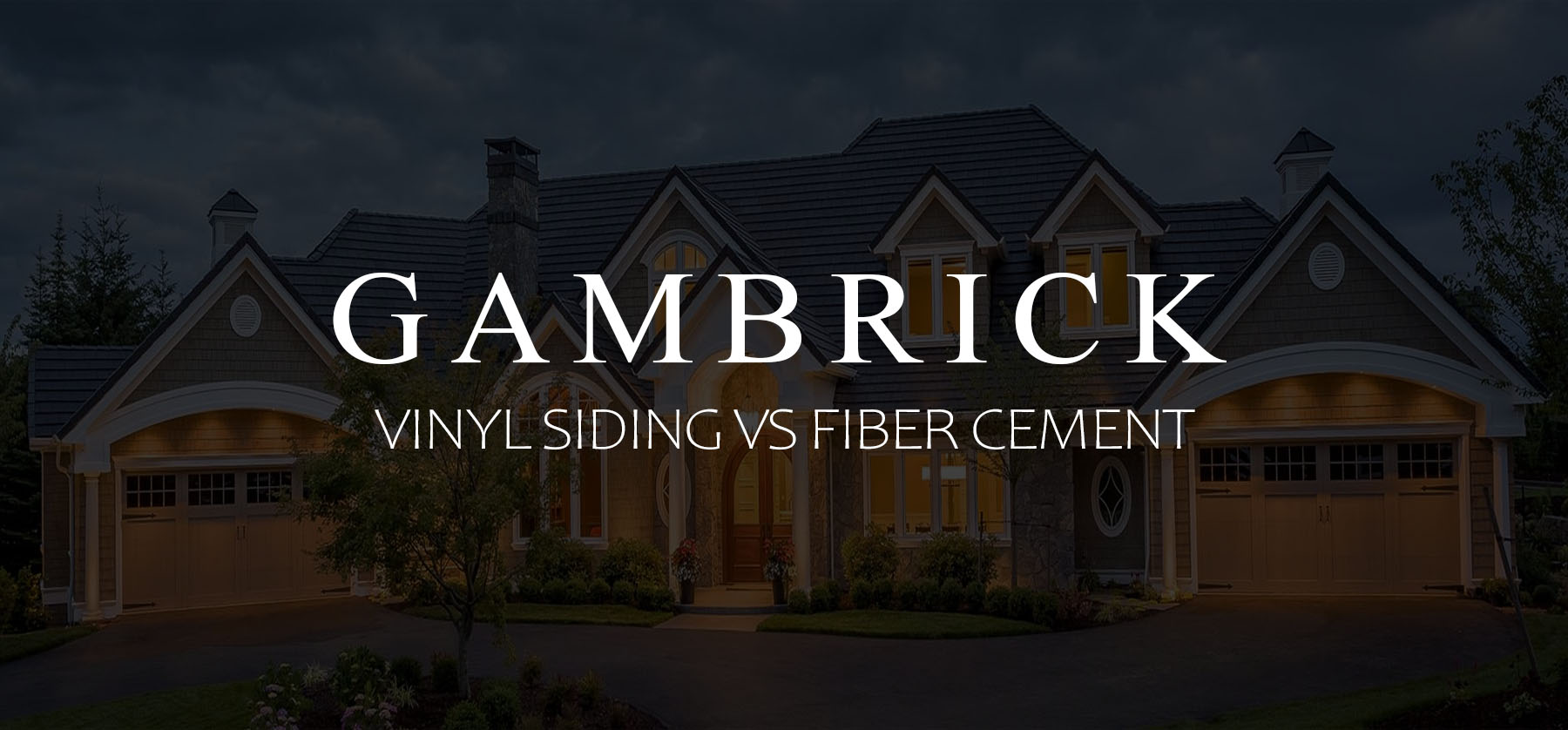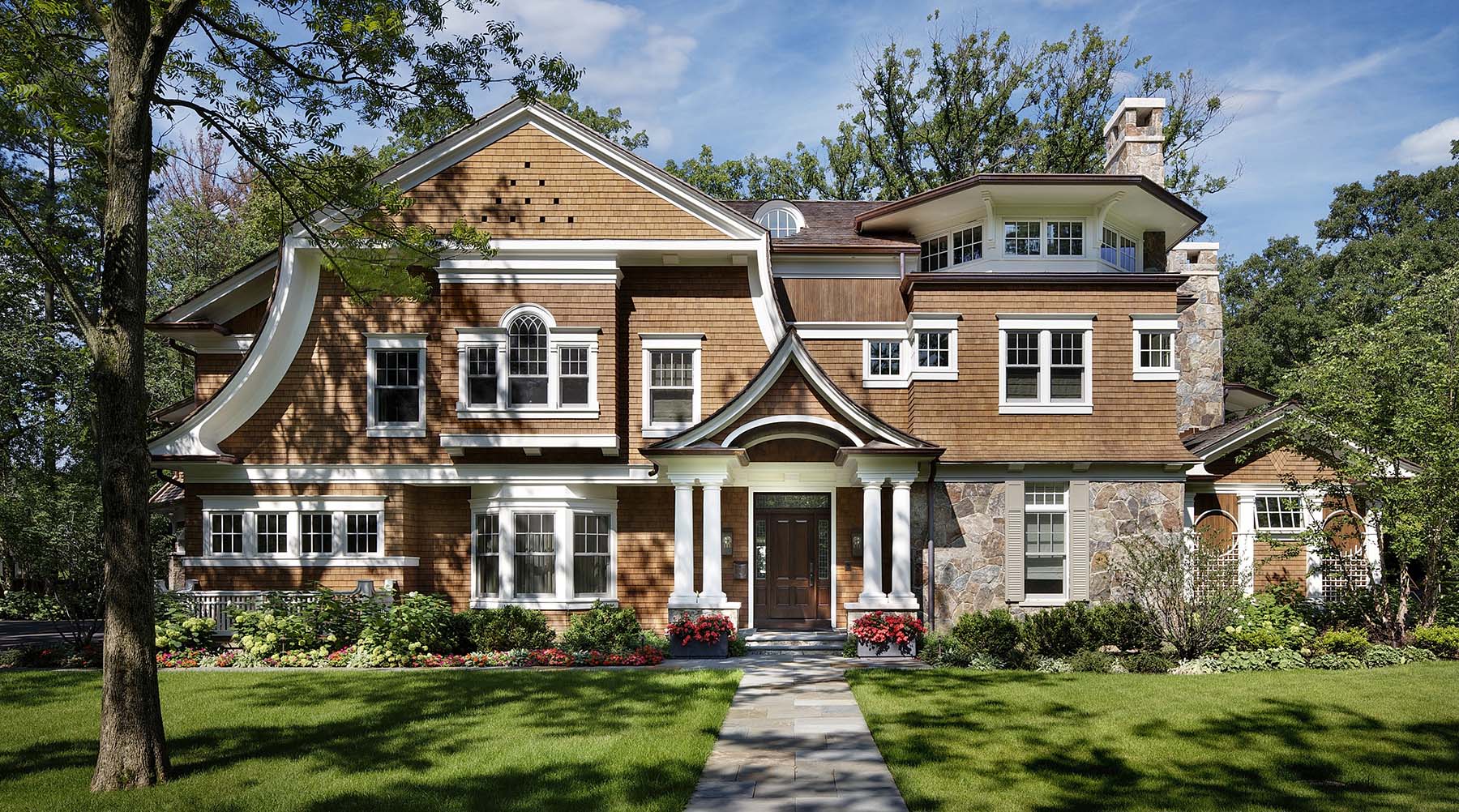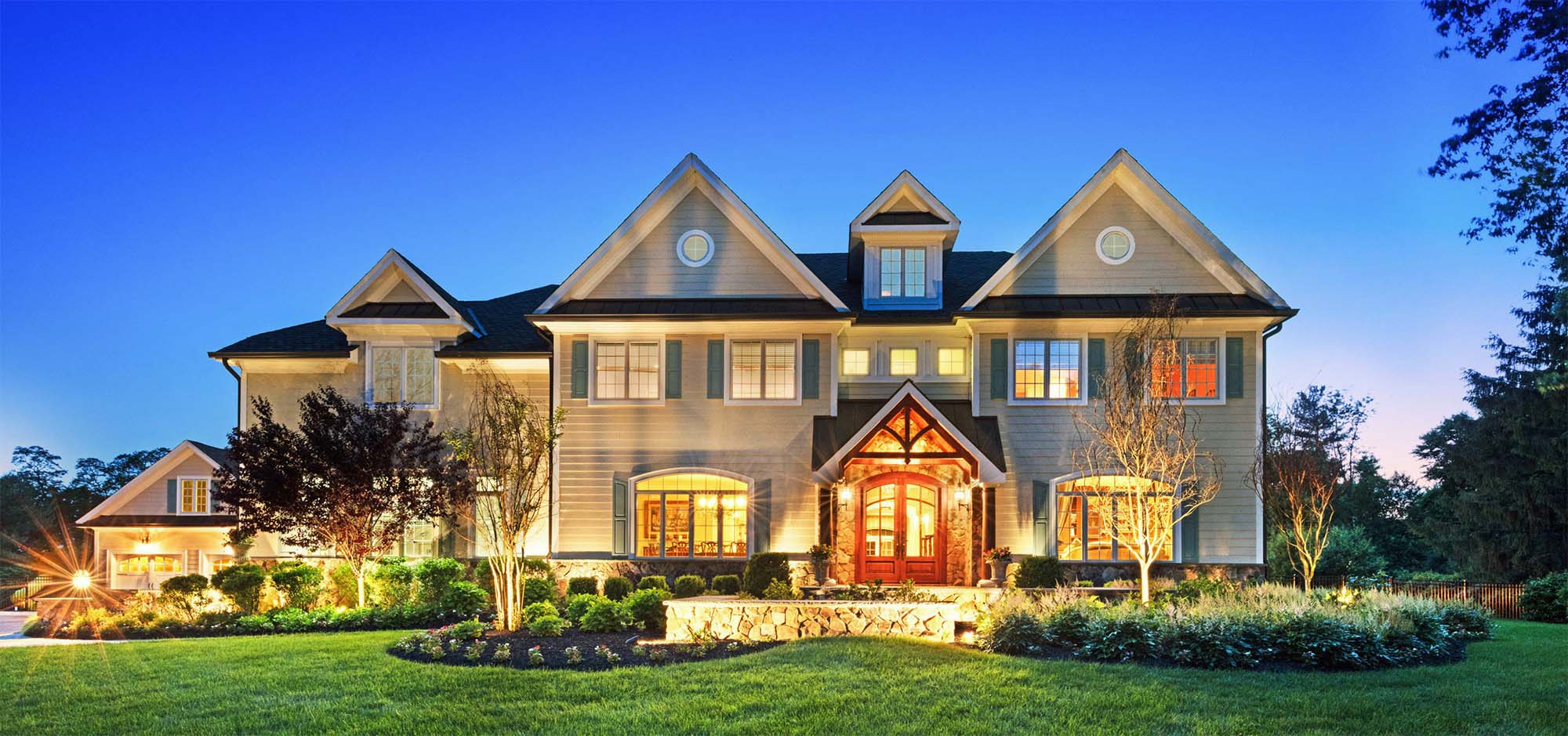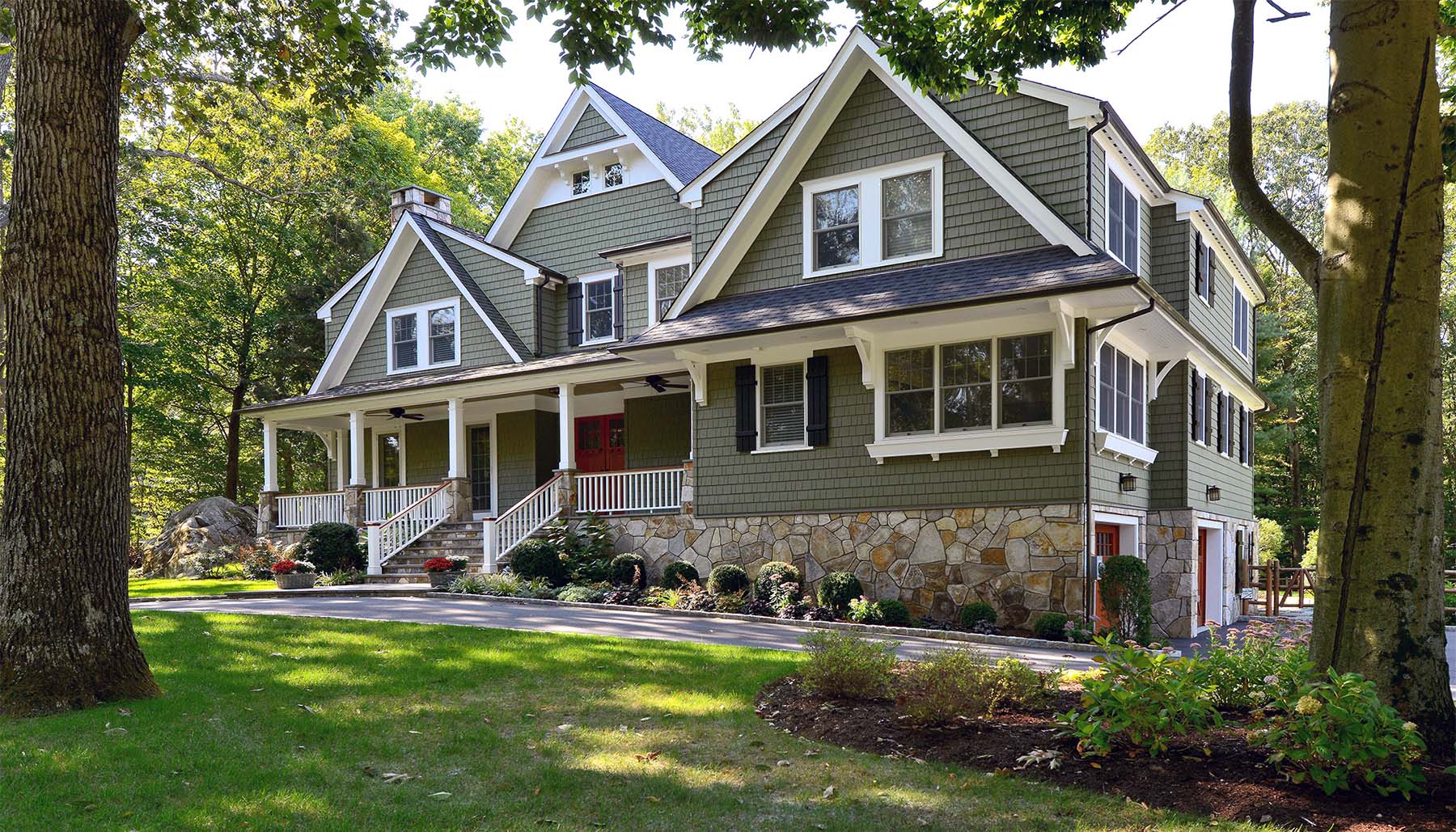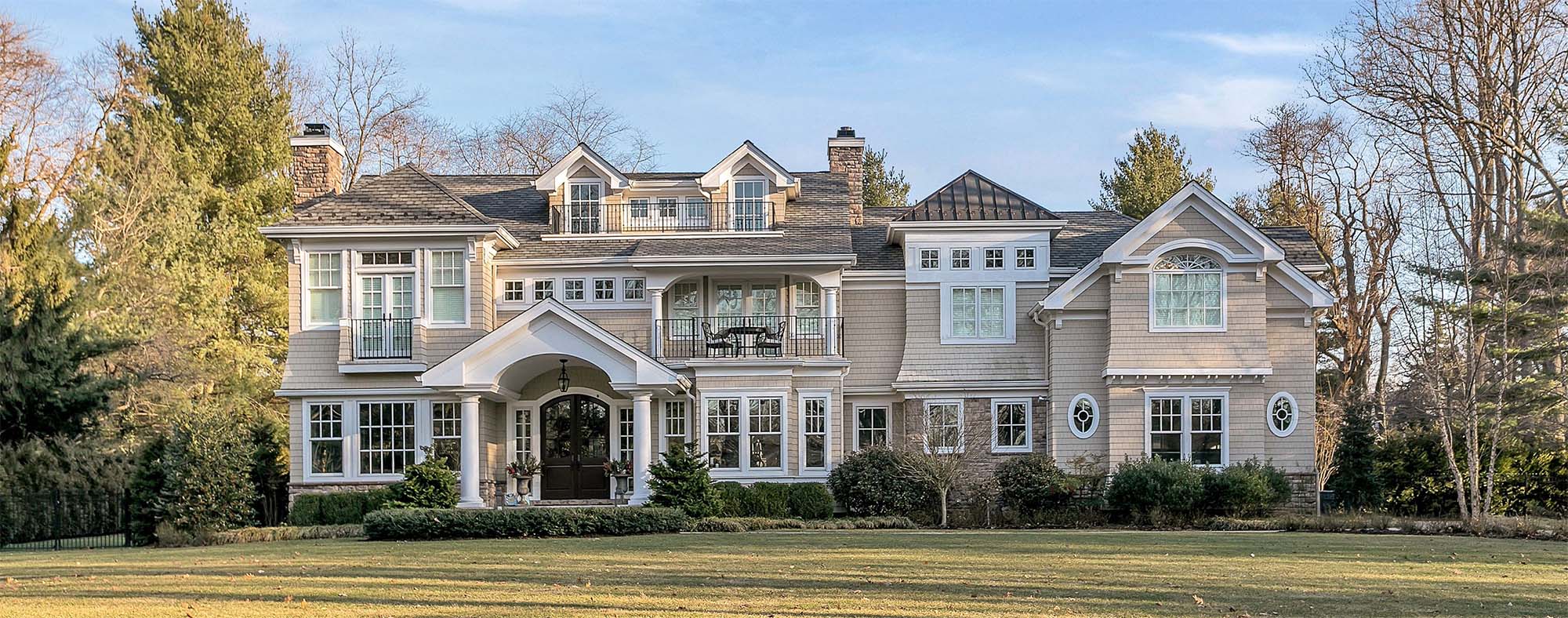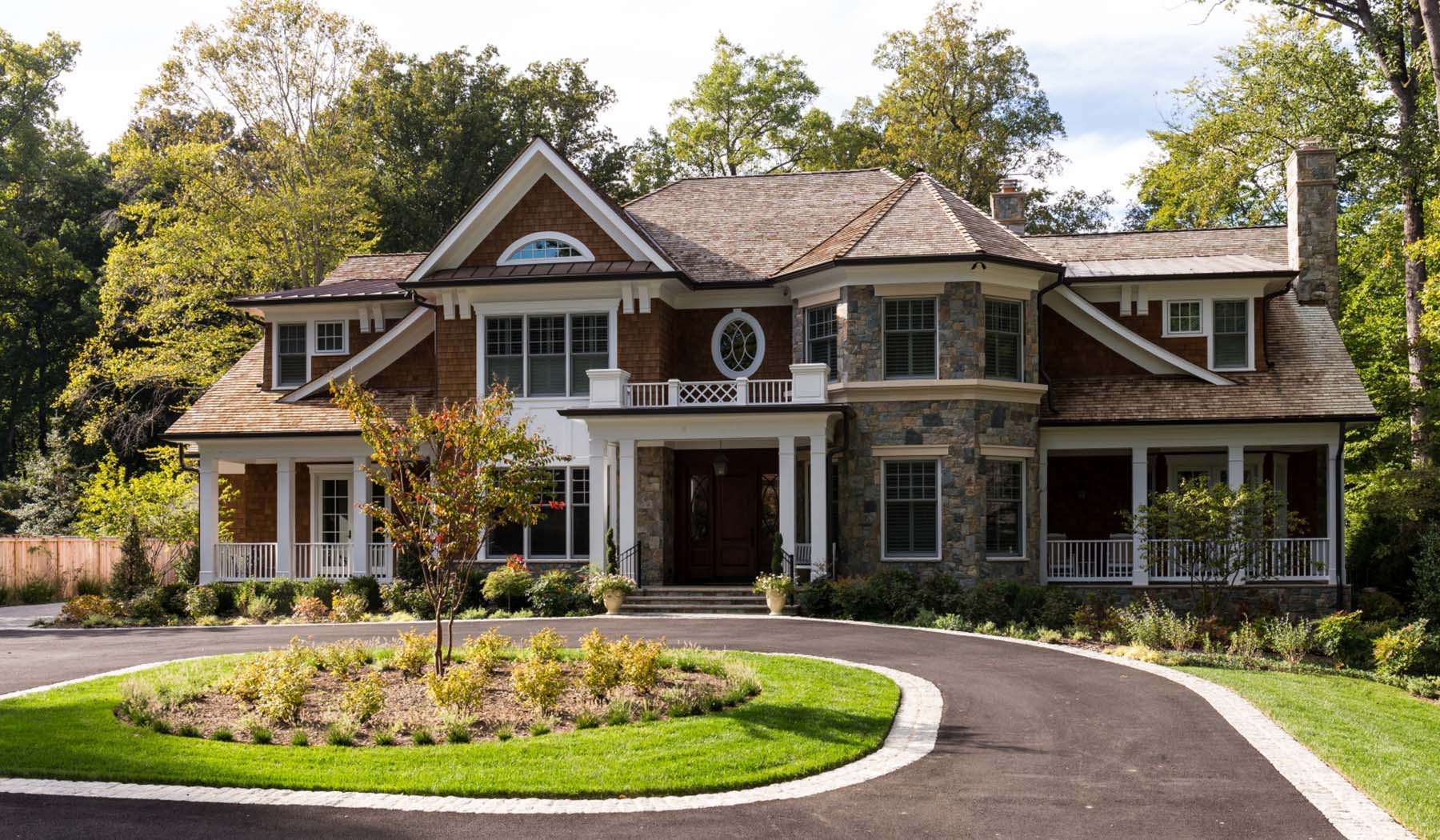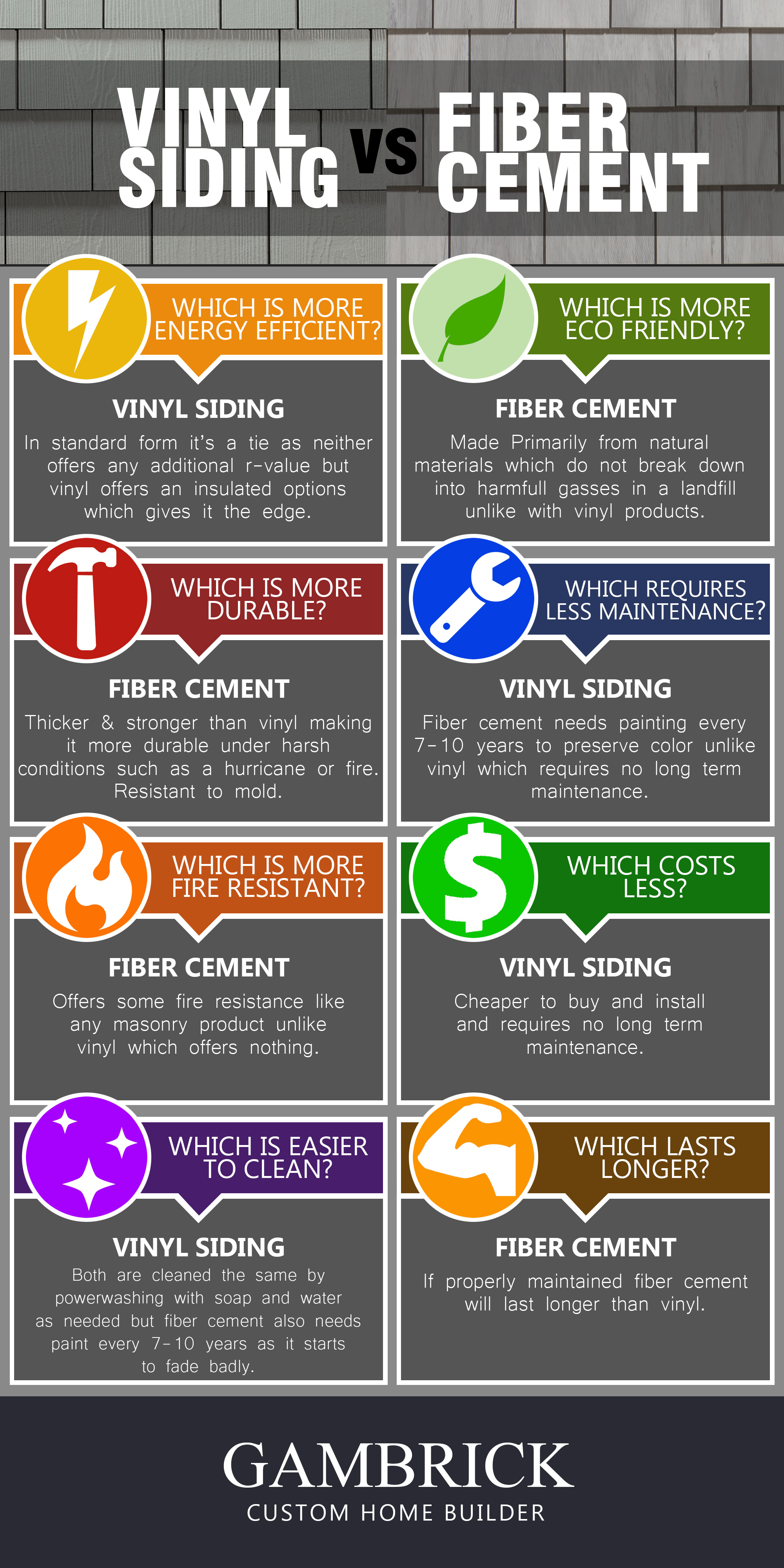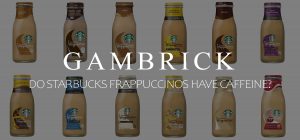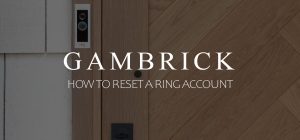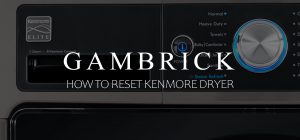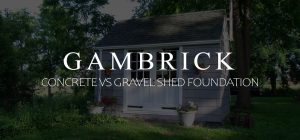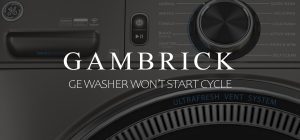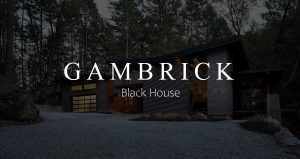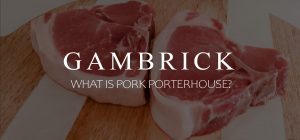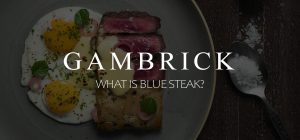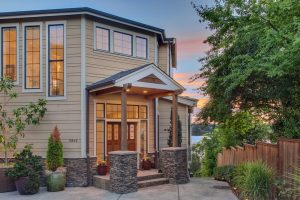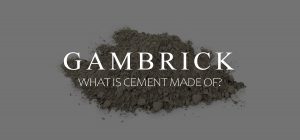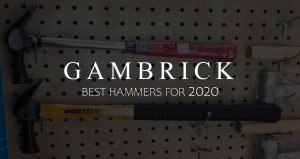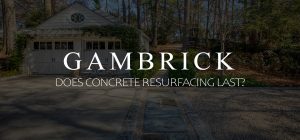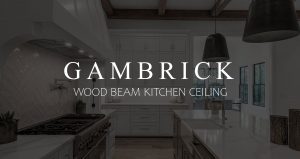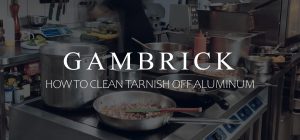Vinyl Siding vs. Fiber Cement
I’m building a new custom home and can’t decide which siding to choose, vinyl siding vs. fiber cement siding. What’s the difference? What’s Better? And Which is worth the money?
There are plenty of similarities between vinyl siding and fiber cement siding, also known as Hardie, and a few major differences. They’re both great materials to side your home with there are some huge difference you should be aware of before making your decision. In this article we’ll discuss the pros vs cons of each along with the various styles, sizes, and costs for both materials including labor. And we’ll answer common questions about their appearance, maintenance, impact on home resale value and durability. In the end, we hope you’ll make the right decision about which siding type is best for your home.
Vinyl siding vs fiber cement siding. Choosing between the two involves careful consideration of a whole bunch of key factors. Let’s take an in depth look at two of the most popular home siding choices on the market. Vinyl and fiber cement.
Beautiful custom home with vinyl cedar shake impressions. Brown vinyl siding with real stone veneer and white Azek trim. Brown shingle roof with dark brown gutters.
What is Fiber Cement Siding?
Fiber cement siding is created by mixing together a blend of cellulose fibers, sand and cement. When it’s manufactured for siding, it resembles a natural material like wood and stone. It has high durability, a natural look and feel, and is available in a variety of styles, sizes and colors.
Fiber cement is a painted siding material. That’s why it comes in so many colors because you can paint it whatever color you want. It comes in two forms.
- Painted from the factory. This option limits your color choices because the factory only offers a set number of colors. Factory painted siding is more money for material but you save money overall by not having to paint it on site. The color comes baked in from the factory which is a better method than they’ll use on site.
- Paint on site. If you paint your fiber cement siding on site then you can choose from thousands of available colors. You can even get a color custom mixed if you can’t find something you like at the paint store. But painting on site isn’t as good a paint job as when it’s done at the factory and can be expensive depending on the size and design of your home.
One of the most popular manufacturers of fiber cement siding is called James Hardie, which is why fiber cement siding is commonly referred to as Hardie board. However this is just a brand name, there are a bunch of fiber cement siding manufacturers selling products at a variety of price points. James Hardie siding is a premium fiber cement brand and the most expensive.
Because Fiber cement is a painted siding product it needs regular maintenance and re-painting. Long term it’s not a cheap siding product to own.
What is Vinyl Siding?
Vinyl siding is by far the most popular type of home siding material. It’s considered the standard due to it’s durability, affordability, ease of installation, wide array of shapes, sizes and styles as well as being offered in a large selection of colors and textures. Vinyl siding is also a low maintenance product which holds it’s color well, providing long term beauty and dependability. It comes in a few different form.
- Standard. The standard vinyl siding is made from thin sheets of PVC rigid plastic. Thickness will vary from product to product depending on the quality siding you but. Standard siding comes in a variety of styles including horizontal, vertical, cedar shake, scallop, etc.
- Insulated. Vinyl siding is even offered as a solid insulated material. It’s more expensive but adds some R-value to the home. Insulated siding also comes in a variety of styles.
- Multiple sizes. You don’t install vinyl like fiber cement. The size of vinyl siding is determined by the factory. There’s no variables. With fiber cement you can vary the reveal an inch or so but with vinyl what you buy is what you get. However vinyl comes in a bunch of different sizes.
- Multiple designs. With vinyl you can mix and match styles and even colors. It’s very common to see horizontal with vertical and even a detail like scalloping or cedar shake. We even use multiple colors on the same house.
There are hundreds of options when it comes to vinyl siding and a lot of benefits, but there are plenty of drawbacks too. Vinyl siding fades and you can’t repaint like you can with fiber cement which means that eventually you’ll have to live with faded siding or re-side the entire house. Repairs are hard because the new siding stands out against the old, so again, you have to re-side. There are a bunch of color options but nowhere near what fiber cement has. However, since vinyl doesn’t need painting the maintenance costs are zero.
Another beautiful custom home with cream colored vinyl siding.
Vinyl Siding Vs Fiber Cement: Style
Fiber cement and vinyl siding have both come a long way over the years. They’re both available as either standard lap or cedar shake impressions, come in a variety of sizes, styles and shapes and both come in a wide variety of colors. Generally speaking, whatever size or style you can find in vinyl, is also available in fiber cement.
The only major style difference between the two is in the color.
Fiber cement is sold in one of two ways. Unfinished, so it can be painted or stained any color you want on site, or painted at the factory in one of the limited colors they offer. If you choose to paint on site there are literally thousands of colors to choose from.
Vinyl siding offers more color choices from the factory than fiber cement. With well over 100 color choices, no other siding comes close to the wide assortment of options. While vinyl siding can be painted, it’s not designed to be. So even though it’s offered in a lot more colors than fiber cement from the factory, you actually have a lot less color options to choose from since fiber cement is designed to be painted.
Both types are available in not only cedar shake and plank looks but also a variety of panel designs including clapboard, board and batten, beaded, scalloped and Dutch lap. Among the most popular siding products of either type are those with a wood grain surface that mimics real wood.
Fiber cement offers one big option that vinyl doesn’t and that’s panels. You can buy fiber cement in large flat panels which gives your home an ultra modern look. There’s no way to achieve the style with any vinyl siding products.
When discussing vinyl siding vs fiber cement siding, the variety of style options should definitely be considered.
Fiber Cement Siding
- Is molded to resemble stone, wood lap boards, cedar shingles, wood shake siding, logs, and more. This process creates a more natural look.
- Its thicker than vinyl so up close it looks more like wood siding.
- Also available with a smooth finish that’s more modern.
- Holds paint extremely well.
Vinyl Siding
- Can imitate materials like wood shingles, lap boards, logs, and stone.
- The styles are just as varied as fiber cement.
- Isn’t as thick as wood so up close you can see it’s fake.
- Isn’t painted so the color it comes in is what you get.
Fiber Cement Siding Comes In Modern Full Panels & Vinyl Doesn’t
With fiber cement you get more high end options. Most people don’t think of full panels as a siding option since it’s only used on ultra modern homes but it’s a beautiful look. While it’s not that common it’s still used on hundreds of homes each year and there’s really no comparable version offered by vinyl manufacturers. If your build a contemporary home and comparing fiber cement vs vinyl then there’s really no choice. Vinyl manufacturers need to step up and design something us builders can use on out contemporary home.
Even Transitional homes, which are a mix of modern style and traditional, typically use smooth horizontal fiber cement siding instead of vinyl. This is mainly due to the super clean installation design. With vinyl horizontal siding seam overlap which you can see from the side. However, with fiber cement the seams butt up to one another. It’s a really clean, streamlined look. Vinyl siding products can’t even come close.
AND THE WINNER IS: FIBER CEMENT SIDING
Fiber cement wins here because of their modern styling options. There’s a whole segment of architecture that isn’t even addressed by vinyl manufacturers. And it’s a growing customer base. More and more transitional and contemporary homes are built each year and they’re primarily using fiber cement. If your building a traditional home with cedar shake or standard siding then this would be a tie. However, if your build a more modern home then fiber cement isn’t just your best option, it’s the only one you’ve got.
What a beautiful custom home featuring green vinyl cedar shake siding, white trim, real stone veneer and a red front door.
What Looks Better, Vinyl or Fiber Cement Siding?
Fiber cement and vinyl are both great looking siding choices. You really can’t go wrong with either one. However, even though there are tons of similarities between the two, there are still some big differences.
Vinyl siding offers a wider variety of styles such as clapboard, board and batten, scallops, beaded and dutch lap. However both siding options come in the standard and most commonly used styles so it’s not generally an issue unless you want something out of the ordinary.
Both types of siding come in a wide variety of attractive styles and colors. If you want cedar shake, vertical or horizontal lap, they both offer it. If you want 5″, 6″ or a 7″ reveal, they both offer it. And both come in smooth or a wood grain finish that mimics real wood.
From far away it can be hard to tell the the two apart. But up close there are some big differences mainly do to how the products are installed and colored.
How Are They Different?
For all their similarities there are still some big differences between how vinyl and fiber cement look.
Vinyl Siding
- Vinyl comes in a bunch of strips that you nail up one at a time. With horizontal the edges overlap which you can see even after the job is finished. Good installers will face the butt end back so you can’t see it from the street but you still can from the back of the house.
- Cedar shake strips butt up to one another but it leave a gap and looks fake. They don’t butt the same way wood and fiber cement do.
- Vertical siding hides the butt edge behind batten strips. It looks good but your stuck with the board and batten look even if that’s not what you want.
- Almost never mistaken for real wood.
Since the pieces are designed to lock into one another there’s no way to adjust the reveal. if you buy a 6″ then that’s what your stuck with. Because of all this, vinyl siding looks more artificial than fiber cement.
Fiber Cement Siding
- Fiber cement edges are butted up to one another with a piece of flashing behind the joint. Because of this it’s a much cleaner install that looks great from the front or back of the house.
- The siding pieces are all nailed individually and don’t click into one another. Rather they lay on top of each other like wood siding does. So you can adjust the reveal a little if you want to.
- Fiber cement has a natural look for both installation and paint.
- Commonly mistaken for real wood.
Overall fiber cement has a much more natural look that fiber cement. many people can’t tell fiber cement and wood siding apart because the materials install more or less the same and are both painted.
Summary: Which Looks Better, Vinyl Or Fiber Cement Siding?
If your top concern is a natural look then you’ll likely to be more satisfied with fiber cement. While vinyl siding products look great, fiber cement siding is manufactured to look nearly identical to natural materials. And it’s painted like real wood so most people can’t even tell the difference. The installation of fiber cement also has the slight irregularities of a natural material installation. Finally, because fiber cement is in part a wood product, it holds paint and has a surface texture nearly identical to wood products.
However many homeowners prefer the look of vinyl to fiber cement. Not everyone wants a natural look.
Even though vinyl products are made to mimic wood grain, plastic doesn’t hold a candle to fiber cement in this regard.
Fiber Cement Siding
- Better replicates the look and feel of wood grain
- Comes in a variety of colors, sizes and styles
- Can be painted for an unlimited color palette
- When painted, the sheen looks more like real wood than vinyl
- Slight install irregularities look like real wood shingles
Vinyl Siding
- Can imitate natural wood materials
- Comes in more colors, sizes and styles
- Can be painted but not designed to be
- Install does not have irregularities like wood
- The sheen can look plastic from some angles
AND THE WINNER IS: FIBER CEMENT SIDING
In a looks contest, vinyl siding vs fiber cement siding, we have to give the edge to fiber cement due to a more natural look. Fiber cement not only installs just like real wood, it feels like it and is painted in the same way. Many people can’t even tell the two products apart.
Fiber cement siding can be painted any color you want on site or bought painted from the factory. It mimics real wood cedar shake while vinyl has an artificial plastic look.
What’s More Energy Efficient?
In standard form, both vinyl and fiber cement siding are relatively thin products. Both are quality siding products that are great at keeping the elements and animals like squirrels and raccoons out as well as bugs, but they don’t provide much if any insulation. So are there any options?
For those who want to increase their home’s energy efficiency, vinyl siding comes in an insulated form. A thin layer of rigid foam insulation is installed on the back of each siding piece, fiber cement doesn’t offer this as an option. While most homes have plenty of insulation in their exterior walls, and sometimes even the interior ones, an additional layer under the siding will slightly increase your home’s insulation, also known as r-value.
The added r-value from insulated siding will help keep warm air inside during the winter and hot air outside during summer.
Both vinyl and fiber cement siding absorbs heat during the summer, however an insulation layer helps prevent that heat from transferring into the home. It’s not a huge amount of additional r-value, but every little bit helps. And a better r-value means savings on heating and cooling costs each month. As those costs continue to rise each year this small benefit becomes more and more cost effective over time.
Fiber Cement Siding
- Seals a home from the elements and critters
- Offers little to no additional r-value at just 0.5
- No insulated option
Vinyl Siding
- Seals the home from the elements and critters
- Offers little to no additional r-value in stock form at just 0.61
- Offered with additional insulation attached
AND THE WINNER IS: VINYL SIDING
We have to give the edge to vinyl siding because they offer an insulated version. However, in stock form it’s a tie because they both offer about the same r-value.
While the added r-value and energy efficiency of insulated vinyl siding may not seam like much, it does have an impact. Because the insulation is wrapped around the entire house and not stuffed inside the walls there’s less of a thermal break. Think of it like putting on an extra thin coat around the entire home. While by itself it may not be a heavy coat, as an additional layer it can really help.
Cream colored vinyl cedar shake impressions with white Azek trim and a dark stained coffee bean front door. What a beautiful custom home.
Which Siding Is More Eco Friendly? Vinyl Vs Fiber Cement Siding?
Fiber cement is made from sustainable materials.One of the main ingredients is wood pulp that comes from wood waste products. It doesn’t require the harvesting of trees like natural shingles do nor the use of fossil fuels like vinyl. When fiber cement ends up in a landfill it doesn’t emit hazardous gasses or chemicals when broken down. Fiber cement siding is basically a combination of natural materials put together to form a siding product.
However due to it’s composition there are no recycling options for fiber cement. It gets used and then discarded.
Vinyl siding is made of PVC which is a #3 recyclable plastic. More and more measures and new technologies are being used all the time to better recycle plastics like PVC. However, in many recycling facilities PVC is still not recyclable. If it’s put into a land fill vinyl siding can burn, emitting hazardous gasses that are harmful to the environment and toxic to breathe.
Neither siding product is good for the environment but is one better than the other? As waste in landfills piles up, it’s important to pick a siding that won’t have as big of a negative impact on the environment.
Fiber Cement Siding
- Mostly made of natural materials
- If put in a landfill fiber cement does not break down and emit harmful gasses or chemicals
- No recycling options
Vinyl Siding
- PVC is a #3 recyclable plastic
- Many recycling options
- Can burn in a landfill emitting hazardous toxins
AND THE WINNER IS: FIBER CEMENT
Fiber cement is a clear winner here. While there are plenty of recycling options with vinyl, eventually everything ends up in a land fill or in the ground somewhere. Disposal of used vinyl siding is a big concern. Although there are no recycling options for fiber cement it’s disposal is much easier on the environment.
Beautiful custom home with green fiber cement siding, white trim and a stained real wood front door. Fiber cement can be painted thousands of different colors on site.
Which Siding Is More Durable? Fiber Cement Or Vinyl Siding?
Vinyl siding vs fiber cement. Both were designed to be more durable home siding options than wood and both generally are. With either product, expect to get decades of protection from the elements. Even after 30 years both products will still be doing their jobs protecting the home. Most vinyl or fiber cement siding is replaced because of cosmetic reasons, not because it stops working. But when you compare the two head to head, which is more durable? Vinyl or fiber cement?
Fiber Cement Durability Issues
Fiber cement’s biggest drawback is it’s ability to absorb moisture. Since it’s a natural material it can, in some rare cases, absorb and hold water. This is impossible with a vinyl product.
If you’re installing fiber cement in a place where moisture tends to collect, that moisture could eventually absorb into the siding causing rot and deterioration. Water damage is probably the biggest issue we see with wood framed homes. Rot, mold and mildew. Often times we find a complete deterioration of the sheathing and even frame. All caused by water. Does it make sense then to choose a siding material that has water issues?
That being said, fiber cement is a very durable, dependable siding choice when it comes to other forms of damage. In fact, many fiber cement products come with a lifetime guarantee. Just make sure you install it properly, away from places where water can pool. Impact damage and even fire isn’t as big a problem with fiber cement when compared to other forms of home siding. It’s such a dense material that it doesn’t buy and can even resist fire a bit. Although it isn’t a fire stop.
Another common issue is cracking. Because of how dense fiber cement siding is it’s not uncommon for it to crack if the house settles or if pieces aren’t nailed properly.
Vinyl Siding Durability Issues
Vinyl siding is installed slightly loose, allowing it to expand and contract, with weep holes allowing water to drain. Because of this, vinyl siding is considered water resistant, but not waterproof. In some rare cases water can get behind the siding and seep into the sheathing. Fiber cement is installed tighter to the house thereby creating a slightly more effective water barrier.
However both siding types should have a good moisture barrier installed between the siding and sheathing to protect against water penetrations. This secondary layer of protection is mandatory no matter what type of siding you use. Either do it the old fashioned way with tar paper or with newer alternatives like Tyvek or Blueskin.
Vinyl siding can crack easily from impacts, especially when it cold outside. And it’s more difficult to repair so any damage is a bigger issue than with fiber cement.
It’s plastic which is a benefit because vinyl products can’t absorb water. It’s a big plus when your talking about siding. The last thing you want is a material full of water sitting against your house.
Vinyl products can warp or buckle under intense heat. This can happen when light reflects off a window or other shiny surface which increases heat on a given area. This type of damage doesn’t happen with fiber cement.
Vinyl products are flammable at even fairly low temperatures so during a fire all vinyl will do is melt.
Fiber Cement Siding
- Durable under harsh conditions such as hurricanes or fire
- Thicker than vinyl
- Resistant to damage
- Because of it’s rigid structure fiber cement can crack while settling
- Can absorb moisture
Vinyl Siding
- PVC is durable
- It’s resistant to mold and rot
- Can become brittle over time in extreme hot or cold conditions
- It easily cracks upon hard impact
- Will warp and melt during a fire
AND THE WINNER IS: FIBER CEMENT
Fiber cement wins for it’s extreme durability. It won’t damage as easily from impacts, doesn’t warp or buckle, and resists fire. And if you install it properly then cracking and water absorption shouldn’t be a problem. Although it does have it’s issues, fiber cement is definitely more durable that vinyl siding.
Under normal conditions however, both materials are very durable. It’s not a huge difference, especially if you don’t live in an area that gets hurricanes or tornadoes. And even if you do how often does stuff fly into your house. But if you do suffer damage, fiber cement has the additional advantage of being much easier to repair. If a portion of vinyl siding is damaged then the whole panel needs to be replaced, not just a single shingle like with fiber cement.And if your vinyl is old then the new piece won’t match which means you’ll end up having to replace it all. This isn’t an issue with fiber cement because you can just paint the siding to match.
Being easier to repair is a huge advantage for fiber cement because damage does happen and it’ll need to be repaired.
A Bit Of Info About Fire And Siding Products
When it comes to such a horrible tragedy as a fire, you want your home built with as many flame retardant materials as possible.
In terms of siding, wood materials are obviously the worst because they actually burn. While vinyl doesn’t burn, it melts, offering zero resistance in a fire. Fiber cement however, because of it’s makeup, is in the highest flame resistant class, offering the same rating as brick.
While fiber cement siding won’t prevent or stop a fire. But it won’t add to the fire like wood will or melt like vinyl. What it does do is offer at least some resistance, acting as a slight fire barrier similar to masonry products.
When considering vinyl siding vs fiber cement siding, the added protection of an additional fire barrier is worth taking into consideration.
Red vinyl cedar shake impressions with white trim and wall paneling. Black entry door with matching black framed windows. What a beautiful custom home.
Which Costs More? Vinyl Or Fiber Cement Siding?
When considering vinyl siding vs fiber cement siding costs, you have to think about both the cost to buy material and to install it. This is a difficult question to answer because prices vary based on the style and size siding you choose as well as the manufacturer and quality. And installation costs with vary too depending on who you hire. For the sake of this example we’ll choose equal top of the line vinyl cedar shake impressions by Certainteed vs. Hardieshingle, the most popular fiber cement shingle and a quality installer. And we’ll be discussing installed costs which is the total cost of both materials and labor.
Vinyl cedar shake impressions, on average, are about $100 per square cheaper installed than Hardieshingle. The reason why it’s such a big difference is twofold. Hardie shingle is both more expensive to buy and costs more to install. A square is equal to 100 square ft., so Certainteed Cedar Impressions are $10 per square foot cheaper installed than Hardieshingle.
It should also be noted the $100 per square difference is for factory painted Hardie shingle. If you’re paying a contractor to paint your siding after it’s installed then that’s an additional cost you’ll have to add in.
Keep in mind the edges of Hardie shingle needs to be painted as you install it regardless of if it’s factory painted or not. This takes time and costs money.
With either siding the vapor barrier and nails are exactly the same so they’re are no hidden fees to think about when comparing costs. Although with fiber cement there are some special flashing and water mitigation methods you don’t have to do with vinyl.
Fiber Cement Siding
- Material costs more
- Installation labor costs more
- Painting is optional but expensive
- Some special installation requirements
- Installation is harder and more specialized so you need a contractor experienced with Hardie
Vinyl Siding
- Material is less expensive
- Installation costs less
- Doesn’t need paint
- Installation is easier
- Since installation is so easy almost any contractor can do it
AND THE WINNER IS: VINYL SIDING
This was a simple question to answer. When comparing fiber cement siding to an equivalent vinyl siding product, fiber cement is much more expensive for both material and labor. It has special requirements which means you have to hire a contractor that’s experienced and trained in installing Hardie and other fiber cement siding products. And if you don’t install fiber cement correctly you could end up with all sorts of problems. This isn’t as big an issue with vinyl because of how easy it is to install.
Beautiful custom home with white horizontal fiber cement siding and black framed windows. Transitional homes are a very popular trend at the moment and they typically use fiber cement.
Which Has The Best Long Term Value?
The majority of homes we install Hardie siding on are higher end luxury homes. Affluent clients are the only ones willing to pay the premium cost for fiber cement. When comparing homes sold with Hardie vs. Vinyl Certainteed Cedar Impressions in the same Jersey Shore areas like Mantoloking, Bay Head, Spring Lake, Seagirt, Rumson, etc., we see no difference at all.
Now, there is an increase in value when we compare Hardie Siding, which is a premium siding product, with a cheap vinyl siding. But in an apples to apples comparison, Hardie Siding vs. Vinyl Certainteed Cedar Impressions, it really makes no difference which you choose in terms of resale value.
Another important factor to consider is the value of the home that your siding. Higher end homes will pay more for a quality siding product but in the low to mid range they typically won’t. I wouldn’t recommend siding a house with fiber cement or high end vinyl cedar shake if it’s worth $150,000 but if your home’s $650,000 or more then it may be worth it.
Look at other comparable homes in the area. As a general rule in the real estate business you don’t ant to be the most expensive home on the block but it’s not a good idea to be the cheapest either. If all the other homes have premium siding then you should have it too. The same is true of cheaper siding products.
Use what’s appropriate for the area for the best long term value.
What About Long Term Expenses?
The long term expense that comes with your siding is a factor to consider to and is often used as a selling point.
Here at the Jersey Shore fiber cement siding requires painting every 5-10 years on average due to the salty air and harsh climate. Vinyl doesn’t. In fact, as long as it isn’t damaged, vinyl siding requires zero maintenance over it’s entire lifespan. That’s a big savings over time. Considering high end vinyl and fiber cement sell for the same price it’s a big benefit not having to maintain the vinyl. It could cost $5-10 thousand to repaint your house. That’s a big bill to pay every 5-10 years.
If damage does occur to either type of siding the repair costs are much higher with vinyl. It’s very easy to fix a damaged section of fiber cement. You just replace the piece and then paint to match. However with vinyl, since you can’t paint it, if the new piece doesn’t perfectly match the old then you have to replace everything. Even though fiber cement is more expensive, your not forced to replace good siding when repairing small damaged areas.
However, if the damage is extensive then fiber cement is more expensive to replace than vinyl.
In terms of energy savings due to additional r-values, there aren’t any. Unless you buy insulated vinyl siding there is no difference in r-value between fiber cement and vinyl.
Fiber Cement Siding
- Material and labor costs more
- No difference in resale value compared to equal grade vinyl
- Periodic long term maintenance required
- Repair costs are less than vinyl for small damage
- Repair costs are higher than vinyl for large damage
Vinyl Siding
- Material and labor is less expensive
- No difference in resale value when comparing equal grade products
- Doesn’t need long term maintenance
- Repair costs can be more than fiber cement
- Repair costs for larger areas is less than fiber cement
AND THE WINNER IS: VINYL SIDING
With no additional resale value added when comparing similar grades and long term maintenance required with fiber cement, the winner here is clear. Certainteed Vinyl Cedar Shake Impressions are the better long term value. Adding in the cost of maintaining fiber cement with new paint jobs every 5-10 years really adds up. With vinyl you don’t do a thing until it needs replacement in over 30 years. The long term expense that comes with vinyl cement can be as much as the whole siding job costs so without any real increase in resale value it’s hard to justify the additional costs.
Beautiful custom home with blue gray vinyl cedar shake impressions, white trim and red brick.
Which Is Easier To Maintain and Clean?
Vinyl siding doesn’t require long term maintenance of any kind but fiber cement does.However both need to be kept clean. Regular cleanings avoids mold and mildew buildup and helps keep your siding looking it’s best.
Salt buildup can eat at your fiber cement’s paint finish or the top color coat of vinyl so washing your siding off if you live by salt water can help preserve it’s color.
Vinyl
Over time, most vinyl siding brands fade a few shades, some more than others depending on the quality of the siding and how much sun it gets. Direct sunlight tends to fade vinyl faster than if it’s in the shade. But there’s still zero maintenance. Just power wash the siding from time to time to help keep it clean and free of mold.
Power wash your siding clean with a pressure washer on a low setting or a simple garden hose. Use a regular dish soap. Nothing fancy is required. Just soapy water and a sponge or some medium pressure. if you can’t put your hand comfortably into the water stream then your using too much pressure.
A good quality vinyl siding will keep it’s color for decades with just some simple cleanings.
Fiber Cement
Fiber cement requires painting, on average, every 5-10 years. It’s a painted material so this really has to be done to keep it’s color. Paint will fade, especially if in direct sunlight, and in some cases peel.Buildup of mold, mildew or salt can speed up the process so keep it clean. It can not only help protect your paint job but also keeps your house looking it’s best.
Cleaning is the same as with vinyl, power wash from time to time to keep it clean and mold free or use a garden hose. Medium pressure with regular soapy water is best.
Fiber Cement Siding
- Needs painting every 5-10 years (on average)
- Power wash to clean
Vinyl Siding
- No long term maintenance required
- Power wash to clean
AND THE WINNER IS: VINYL SIDING
This is another easy one. Fiber cement requires long term maintenance and vinyl doesn’t. Both need very simple cleaning to help protect the color and keep your house looking it’s best. A simple hose with soapy water and a sponge is more than enough or a pressure washer on a medium setting.
Vinyl cedar shake impression siding can look just like real wood from afar. What a beautiful custom home featuring wood colored siding, stone veneer and white Azek trim.
Which Last Longer?
In the battle of vinyl siding vs fiber cement siding, which last the longest is an important issue to consider.
Vinyl siding. It’s an overall durable siding material. However over time, especially in direct sunlight or over decades spent in harsh climates, can become brittle and need changing on average every 20-30 years. Most siding manufacturers offer a 25 year limited warranty. The color will fade, more so in direct sunlight and there’s nothing you can do about it since you generally can’t paint it. Vinyl is easier to damage by impacts or fire. It warps and buckles.
Fiber cement siding. If maintained properly, fiber cement siding is a more durable product than vinyl, lasting well over the 20-30 years of vinyl. Most fiber cement manufacturers offer a 15-30 year limited warranty. While it does require painting every 5-10 years that’s primarily a cosmetic issue. Fiber cement resists damage to impacts and fire far better than vinyl. It doesn’t warp or buckle and any cracking is generally due to installation errors. It’s only real drawback is due to water, but that can be avoided too with proper installation. While it is far more expensive to install and maintain, it’ll last a lot longer than vinyl.
Fiber Cement Siding
- When properly cared for will last longer than vinyl siding
- Requires maintenance
- Damages easier than fiber cement
Vinyl Siding
- Typically lasts between 20-30 years
- No maintenance
- Resists damage far better than vinyl
AND THE WINNER IS: Fiber Cement
Fiber cement will outlast vinyl by decades provided it’s installed correctly and maintained. Just about all of the most common problems with fiber cement siding are due to improper installations or maintenance. If you hire a pro with experience and training and maintain your siding as needed including keeping it clean, then fiber cement will last longer than vinyl.
A Few More Important Points To Consider
There are a few more important point about both vinyl siding and fiber cement that we thought we’d list here. There not really something worthy of a head to head comparison but still may be important to some.
Fiber Cement Siding
Here are a few additional benefits worth considering with fiber cement.
Historically Approved
In some area you can’t just install any siding product you want. In the case of historical homes that definitely doesn’t include vinyl. Your generally limited to real materials like wood, stone, cement or brick. Because of the restriction being based on what your siding is made of many districts allow fiber cement which is very similar to a masonry product but looks and feels just like wood. And it’s painted like wood so once complete you can hardly tell the difference.
Whether you have a classic Victorian or Colonial, some jurisdictions allow the use of fiber cement to replace old wood siding. If it’s allowed you’ll receive a seal of approval from your area’s historical restoration society. The style and color often times must be exactly the same but they sometime allow swapping materials since the look is so similar.
Much Thicker Than Vinyl
We briefly mentioned the additional thickness fiber cement has vs vinyl throughout the article but thought we’d go into it a bit more in depth here.
Fiber cement is significantly thicker than vinyl siding. Just like real wood, fiber cement is thick. While thicknesses do vary from brand to brand, an average thickness of fiber cement is 5/16-inch. That’s over a 1/4 inch thick.
By comparison, vinyl siding is only between 0.040 and .046 inches thick. This means that fiber cement siding is about 2 1/2 times thicker than vinyl.
So why does thickness matter? Thicker looks better and more natural. If you look closely at vinyl siding you’ll see how the material bends at the bottom to give the appearance of being thicker than it is. This is even more prevalent with cedar shake impressions. That’s how vinyl mimics the look of real wood. However fiber cement doesn’t have to fake being thick, it just is. It’s thickness is the same as a wood shingle so you can lay it flat on the wall. The depth it appears to have is real.
Another reason is strength. Because vinyl bends at the bottom t create depth it doesn’t actually sit flush against the wall. In other words it’s hollow. Go up to vinyl siding an push on it, you’ll see for yourself. It’s cave in until you hit the house. This doesn’t happen with fiber cement.While there are some solid versions of vinyl they’re rare and a lot more expensive.
Thicker Texture
Because Fiber cement is so much thicker it has a much deeper and more varied texture, just like real wood. Vinyl is so thin that the texture, or grooves on the surface of the board, can only be very slight. Fiber cement is much better at replicating the look and feel of real wood. Which is what all textured siding is designed to do. It’s molded from real wood shingles after all.
This isn’t a big issue from far away but the closer you get to the house the more you’ll notice the benefits of thicker texturing.
It’s heavy
If you’ve ever worked with fiber cement siding then you’ll know how heavy it is. It’s the first thing most people say when picking up a piece. It’s a very thick, dense product that’s not as easy to work with as vinyl. However because of that density it’s very strong and resilient. Just be prepared. If you’ve never worked with it before and are used to vinyl siding then it’s a big change.
Vinyl Siding
Here are a few additional benefits worth considering with fiber cement.
It’s The Most Popular Siding Choice
Vinyl siding is by far the most popular home siding product. And it didn’t get that way by accident. For the money you just can’t beat it. They make product that’s perfect for cheaper $100,000 homes all the way up to multi million dollar oceanfront estates. We use vinyl on just about everything here in NJ and at almost every price point. However at the very high end we don’t use any vinyl at all.
Because it’s such a popular choice all the siding companies know how to install it. With fiber cement there aren’t many companies I’d trust to install it for us. It’s such a rare siding choice with so many special requirements you really need someone experienced and well trained to use it.
You can also get great deals on vinyl because of the volume manufacturers are putting out. I see deals on product all the time but never do with fiber cement. You really can’t go wrong with vinyl siding. Just make sure to buy a quality product as it does vary a lot from brand to brand.
It’s Light
Vinyl is a super light siding product. That makes it much easier to work with but costs it a lot in terms of durability. If you’ve ever worked with vinyl when it’s windy then you’ll know you have to hang on to it or you’ll have pieces blowing around your job site. That’s not gonna happen with fiber cement.
Summary: Vinyl Siding vs Fiber Cement. What’s Best?
As you can see, when discussing the pros and cons of vinyl siding vs fiber cement siding, there are a number of factors to consider. Vinyl siding and fiber cement are both quality siding products and a sound investment. They’ll both amplify the look of your home, increase curb appeal, and provide you with years of comfort and protection. With so many great siding options to choose from when building a new home or renovating an old one, I hope these tips and inspirational pics will help you in some way.
And remember, whatever your style, both vinyl and fiber cement are both fantastic siding materials worth considering.
If you have any questions or comments e-mail us any time. We’d love to hear from you.
